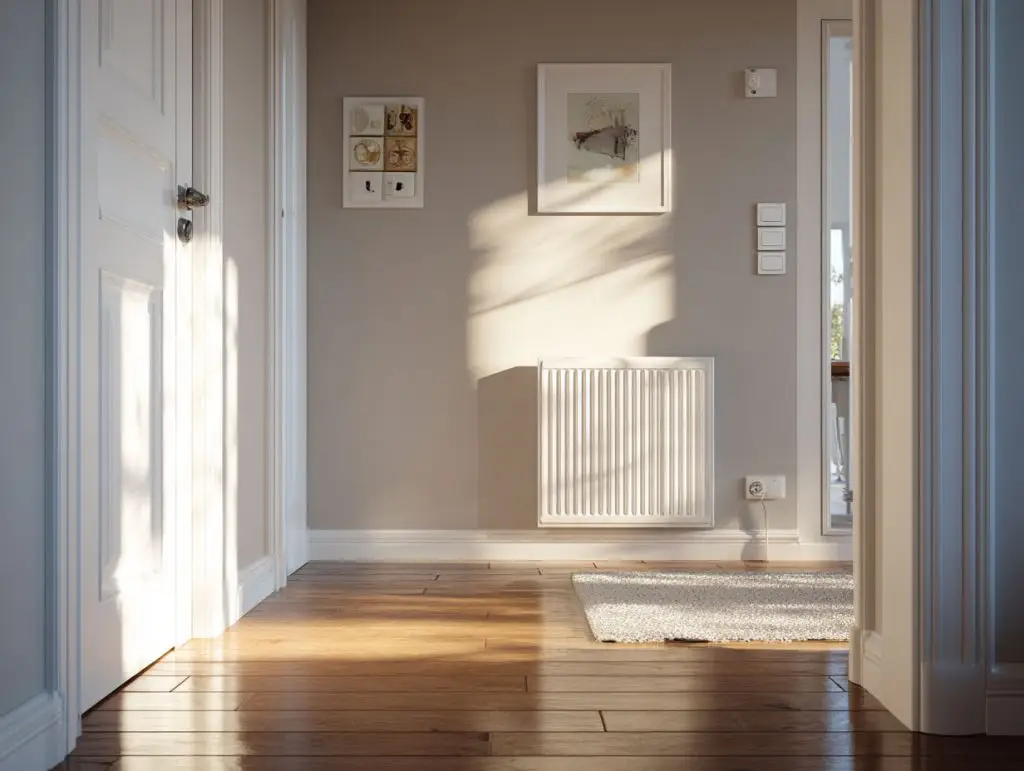
When the House Starts Speaking in Light
There’s a morning every year when I notice it — the house feels different, though the air hasn’t changed much. The light has.
It slides in lower, slower, more golden. It doesn’t bounce anymore; it lingers. The walls look warmer, the corners softer. And suddenly I realize: the quiet season has begun.
It’s not the cold that makes winter here — it’s the silence.
The hum of the air conditioner is gone, the windows stay closed longer, and even the dust seems to move slower. The rooms sound different too — a deeper kind of quiet, as if the air itself is heavier, more thoughtful.
I start to notice small things:
the way a single lamp fills the whole room in the evening, how the heater clicks before it exhales warmth, how sunlight lands only on half the floor by midday. The rhythm of the house shifts — and with it, mine does too.
When I was younger, I thought comfort came from warmth. Now I think it comes from balance. Too much heat dries the air, too much light reveals every speck of dust. The trick is finding that middle ground — that quiet space where the air feels alive but calm, where everything looks still yet somehow breathing.
This time of year, my cleaning slows down too.
Not less often — just gentler. The vacuum sounds louder, the mop glides slower, and I move with the light instead of against it. There’s something about winter light that forgives small imperfections — it makes clean surfaces look like peace, not effort.
And maybe that’s what I love most about this season.
The house doesn’t ask for much — just attention.
The kind of quiet attention you give to something that’s been with you long enough to speak without words.
Next time, I’ll tell you how I keep that balance steady — how light, heat, and air can work together, if you treat them like old friends.
My Sharky Balance Routine
When winter settles in, my goal isn’t to make the house warm — it’s to make it comfortable.
There’s a difference. Warmth can come from a switch; comfort needs attention. It’s about how air, heat, and light live together in the same room. That’s what I call balance.
Step one: let the light do its part.
Even weak sunlight carries more power than we think. I open the blinds every morning, not for brightness, but for movement. Light stirs the air — it wakes up dust, warms surfaces, dries corners. Then, I wipe those places in silence. It’s a rhythm I’ve grown to love: sunlight in, cloth out.
Step two: manage the warmth, not chase it.
I keep the heater low and steady. Quick bursts of heat make the air restless — dry one minute, heavy the next. A quiet, constant warmth keeps things calm. I’d rather wear a sweater than feel that dry tickle in my throat that says the air’s lost its moisture.
Step three: teach the air to breathe.
Once a day, I open opposite windows for a short, sharp draft — just two minutes. It’s enough to replace the stale warmth with clean air without losing temperature. It sounds small, but the air feels different afterward, lighter and quieter.
Step four: keep humidity honest.
Forty-five percent — that’s the sweet spot. I use a simple humidifier or sometimes just a bowl of water near the heater. A drop of eucalyptus oil helps too. It keeps the air soft enough for lungs and wood alike.
Step five: don’t forget the silence.
Noise is part of balance. I turn off anything that hums too long — fans, dehumidifiers, even background playlists. There’s something therapeutic about letting the house rest. The quiet has its own texture, like a clean surface you can walk on barefoot.
By the time evening comes, the light turns amber, the warmth settles, and the air feels slow again — steady, calm, almost thoughtful. That’s when I know the house and I are in sync.
That’s my Sharky way: not to fight the season, but to listen to it.
Because comfort isn’t built by machines — it’s built by habits that let the house breathe with you.
Read also: The Battle With the Heater Dust


